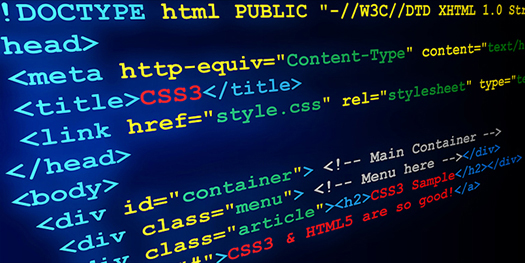How to Write CSS with Performance in Mind

Slow load times can seriously hamper the effectiveness of your page. Nearly half of web users nowadays expect a page to load in two seconds or less. If it doesn’t, many users will simply abandon the page and search for other sources and thereby missing out on the content you are hosting.
Even if they don’t, they will start off with a negative perception, which can be hard to dislodge. Continue Reading »





Dec
2011
How To Style Author’s Comments in WordPress Without a Plugin
In this tutorial, I will show you how to Highlight and Style Author’s Comments on WordPress Posts (or Pages) without a plugin. If your WordPress theme, does not already style the Author´s comments differently from your visitors comments, and you like to know how to do that, then this tutorial will show you the way, along with several examples and scenarios and all the details you need. Continue Reading »
Last Updated: March 20, 2014
Written by: Boutros AbiChedid
Tags: CSS, customization, How To, linear comments, plugin killer, style author comment, threaded comments, Tips and Tricks, wordpress, wordpress comments, WordPress plugins
Posted in Category(ies): WordPress